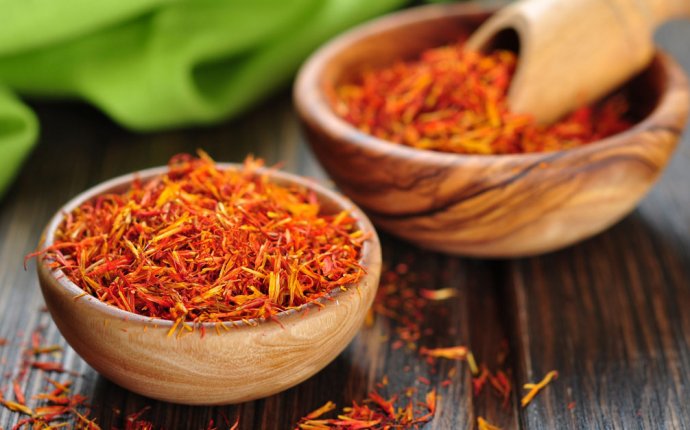
Saffron Ayurveda Benefits
 Get elephant's newsletter
Get elephant's newsletter
Editor’s Note: This website is not designed to, and should not be construed to, provide medical advice, professional diagnosis, opinion or treatment to you or any other individual, and is not intended as a substitute for medical or professional care and treatment. Always consult a health professional about health care changes before trying out new home therapies or changing your diet.
Last winter, I had the pleasure of escaping the bitter cold of North America and wrapping myself in the beauty and warmth of Kerala, India.
Kerala is a state in the Southwest region of India known for its friendly locals, calming waters, yummy food and Ayurvedic treasures. Kerala is recognized as the home of Ayurveda, the natural and ancient Indian art of healing.
For local Karalites, Ayurveda is not an alternative therapy as it is in the west—it is simply the way life’s meant to be lived.
During my stay in Kerala, I ventured out and explored much of the serene hillsides and backwaters. In my explorations I had the pleasure of visiting many family-owned Ayurvedic gardens and nurseries.
These local farms are the primary providers of the world’s Ayurvedic herbs and remedies.
One medicinal plant that stood out among the serene, beautiful farms, was saffron. In Ayurveda, saffron is a prized, possession. My whole life, I had only known saffron as the rare, expensive spice that was used for cooking. My parents frequently garnished our rice dishes with this colorful, antioxidant and spoke of its multiple health benefits which include; aiding digestion, healing cardiovascular problems, comforting menstrual pains and even using as an antidepressant.
While talking to local farmers, I was amazed to learn about saffron’s skincare and cosmetic benefits. I had no idea that saffron oil was used as a nightly eye and face cream. It helps brighten the skin, erase the appearance of dark circles and reduce fine lines.
Hearing the rave reviews of this majestic spice, I decided to give it a try.
How to Make Saffron Oil:
- Fill a small bottle with 100 ml (3.5 oz) of almond oil.
- Add 10-15 strands of pure saffron to the oil.
- Seal the bottle and set it in a dark, cool place for one week.
- The oil mixture will turn an orangish color but still transparent. It is now ready for use.
How to Use Saffron Oil:
- Before bed every night, clean your face and lightly massage a dime-sized amount of saffron oil onto your face and under your eyes.
- Massage lightly, for a few minutes, using upward motions.
- Leave the oil on your face for about two hours and then wash off with lukewarm water and pat dry.
*For best results: leave the oil on your face overnight (careful, the oil may lightly stain pillows or linens) and wash in the morning.
Saffron oil tends to glide on your skin like butter. The oil dries quickly with no residue. There is a reddish tint but it doesn’t stain the skin. This oil is great at removing excess heat from your body and can soften mild scars and blemishes.
Like many Ayurvedic products, you need to use the oil consistently to see results, there are no overnight miracles.
I personally have dedicated two months to using saffron oil nightly and the results are amazing! Unfortunately I didn’t think about taking before/after pictures but there are noticeable changes in my skin. My acne scars are reduced, I have less noticeable darkness around my eyes and my overall complexion is brighter and smoother.
Give the king of spices a try and leave a comment with your thoughts. Remember, everyone’s skin and constitution is different.
So, if you happen to experience any discomfort, please stop use immediately.














